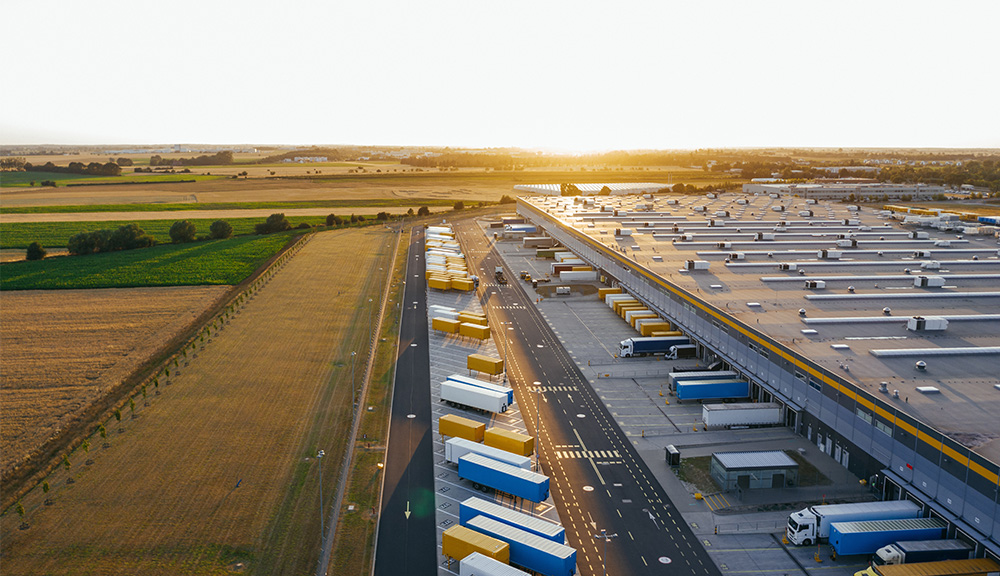January 2021 saw a reduction in the volumes of traffic using the UK landbridge. As new Brexit Regulations were a major concern for traders, warehouses were stockpiled to allow for any potential bottlenecks and with the increasing number of COVID infections across Europe, the feeling among businesses in Ireland was that direct routes were safer with less disruption than travelling via the UK.
Three months on and a steady flow of traffic back to the landbridge is becoming more evident. Warehouse stockpiles have been depleted, COVID infection rates are slowing and customs officials, businesses and brokers have a better understanding of the new world of Brexit requirements and customs paperwork. The landbridge is again a very accessible option for hauliers and businesses wanting to access the EU from Ireland through the UK. According to EU statistics almost 15,000 transit declarations were registered in and out of Ireland during the month of March. This is a significant increase from January and February’s volumes which totalled 18,000 collectively. Indications are that transiting across the UK is a more efficient and cost-effective means of accessing the EU. At SGS, we are fast establishing ourselves as the trusted partner for facilitating transit movements for Irish businesses.
Tom Ferris, consultant economist, has written widely on Brexit and transport. He is of the view that the “pendulum will swing back to the use of the landbridge by Irish traders, but not to the same extent as was evident up to 31st December 2020. It is a matter of traders adapting to the changed circumstances and ensuring that they are fully conversant with the customs and administrative requirements of a post-Brexit world”.
One of the benefits offered by the landbridge is superior transit times. According to the IMDO Report “The Implications of Brexit on the Use of the Landbridge”, 12th November 2018 “The landbridge is the quickest way to transport freight to and from the continent each year; it takes less than 20 hours, compared to the 40-hour roll-on roll-off direct sea route and the 60-hour load-on load-off direct sea route. These times have changed with the advent of new routes however, transiting from Ireland to Rotterdam or Calais across the landbridge is still a much quicker option than using the direct ferries. When preparation times and delivery locations are taken into consideration the landbridge can also be a much more economical option”.
While direct ferries have provided hauliers and businesses with alternative options to access the EU, the unknown of Brexit-related customs processes has not been as stressful as many had feared. The landbridge is as accessible as ever in both directions allowing businesses to keep their cargo moving faster and more regularly without the fear of weather delays, cancelations or waiting for available slots. This position is supported by many of our clients:
With some preparation and support from the SGS TransitNet team, each stage of the journey can be made smoother by using TransitNet. Our customs experts will ensure that you are supported from the preparation of your journey right through to termination. We will advise on what the requirements are depending on the nature of the goods you are moving and will ensure that these requirements are met prior to departure.
For more information please download full article below:



